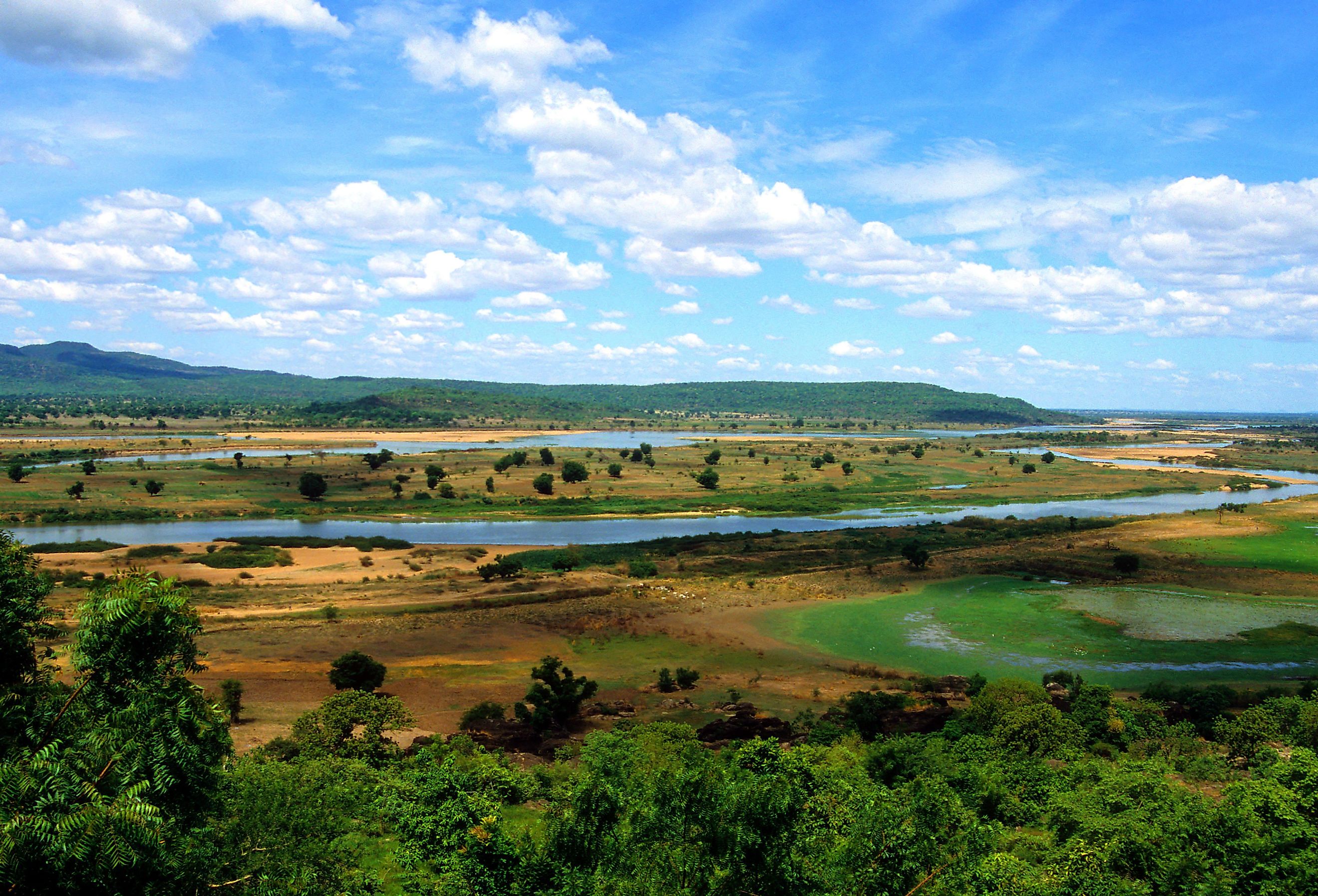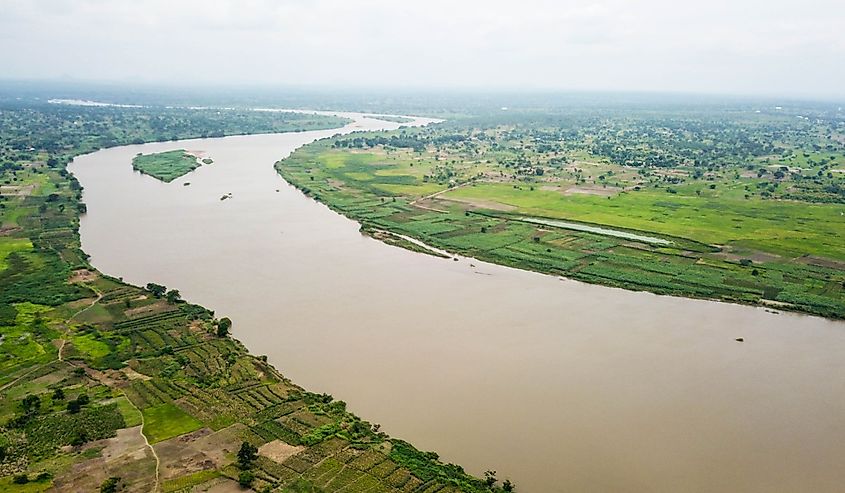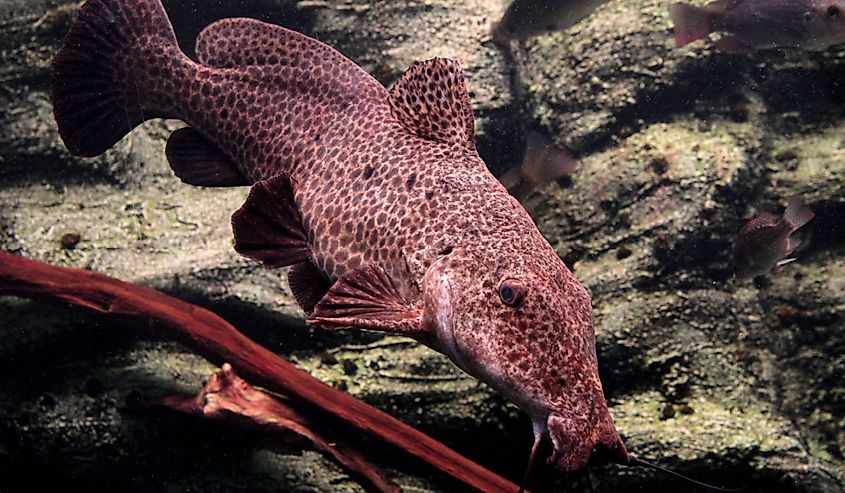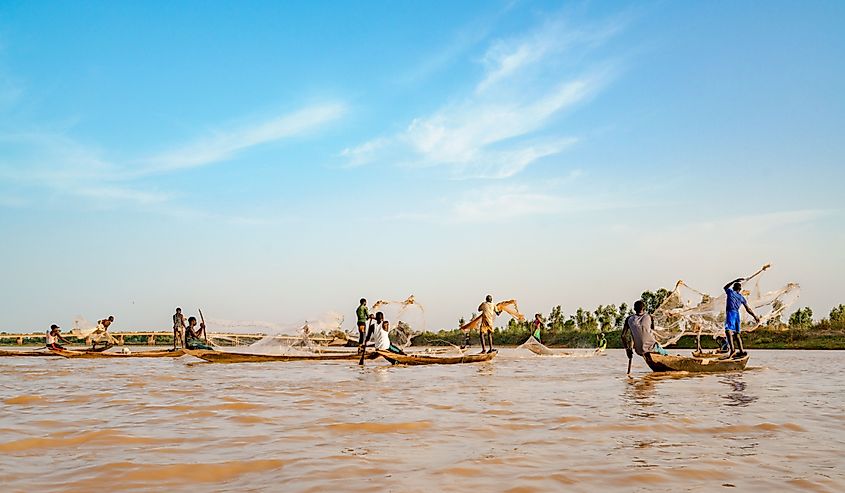
Benue River
Spanning the countries of Cameroon and Nigeria, the Benue River is a beautiful river that is pivotal in the region. Once known as the Chadda River, it is most prominently known for being one of the largest tributaries of the Niger River, West Africa’s primary river. Along with this, the Benue River is also a vital transportation route with an immense distance of more than 800 miles. Testament to this, the river plays a major role in local trade, as well as the region’s biodiversity. Explore the unique Benue River in this article to learn all about this fascinating water source.
Source and Course Of The Benue River

The Benue River begins within the Adamawa Plateau in west-central Africa and covers an expansive distance of 870 miles (1,400km). This plateau is the source for multiple waterways and is located in both Nigeria and Cameroon, similar to the river. However, as the plateau is sparsely populated, the exact location of the river’s source is considered to be a few miles north of Ngaoundere, a city in northern Cameroon. On its path, the river takes a northern route flowing around the Benoue National Park and into Lake Lagdo from the east. The Benue River then continues west from the Lake through the city of Garoua and into Nigeria. It takes a fairly straight path southwest through Nigeria, keeping below the Maldovo Mountains and through major cities such as Jimeta and Mukurdi. Finally, the Benue River reaches its mouth and joins the Niger near the town of Lokoja.
Flow and Tributaries Of The Benue River

Parallel to its size, the Benue River is also known for its fast-flowing water and large basin size. Specifically, at its mouth, the river has a width of more than a mile, which is even greater than that of the Niger river at the same point. Thanks to its size, the Benue River’s discharge (volume of water flow) according to most recent estimates was 122,800 cubic feet/s (3,477 cu. m/s) at its mouth. This places it 84th on the list of world rivers by discharge, which is impressive considering the Benue’s length. That being said, these numbers may have changed in recent times due to environmental issues such as irrigation. Besides its water flow, the Benue River also has a major impact on the region with a basin size of 123,000 sq. miles (319,000 sq. km.), which is more than 30% of Nigeria’s total area! This large basin is supplemented by the multiple tributaries which bolster the Benue River. Some of the primary tributaries to the left are: Mayo-Kébi, Gongola, Pai, Wase, Ankwe, Mada, and Okwa, and on the right there are: Faro, Taraba, Donga, and Katsina-Ala.
Climate Of The Benue River

Located in West Africa, the majority of the Benue River is within a tropical savanna climate (Aw), according to the Koppen Climate Classification. This climate type is known for having warm summers, mild winters, and being quite dry throughout the year. Thus, the Benue River area sees a hot summer from February to April with temperature averages ranging from a high of 92°F to a low of 76°F. On the other hand, the cool season is four months long from June to October, yet temperatures rarely ever drop below 60°F, even in the coldest month of December. In terms of precipitation, the region is quite dry and receives an average of 53 inches of rainfall per year. This is primarily seen in the wettest month of September, which can get up to 8 inches of rain.
Wildlife In The Benue River

With its immense size and location in a sparsely populated area of West Africa, the Benue River is an ideal habitat for many species of animals. According to estimates, the river houses a total of 128 species of fish, out of which many are unique to the area. For example, you can find the Giraffe Catfish, Loach Catfish, African jewelfish, and many others which are native to parts of Africa. Some fish such as the African brown knifefish and Nile bichir are only found in specific rivers including the Benue, Niger, Congo, and Nile. The river is also home to marine life such as the Niger stingray, which is a vulnerable species that is native to both Nigeria and Cameroon. Surprisingly, apart from marine life, the river also supports many venomous snake species, which was highlighted in 2012 when a flood led to a large increase in their population. With so much life within the river and many species native to the Benue, makes it an ecologically rich river that provides a major boost to local biodiversity.
Economic Importance of the Benue River

Apart from being a major tributary for the Niger River, the Benue River is also vital thanks to its large size and water flow. Due to its width, the majority of the river is large enough for boats to travel through year-round, making the Benue a major transportation route within and in between the countries of Nigeria and Cameroon. The route is especially necessary for trade for both imports and exports. In terms of imports, a large volume of petroleum travels through the river–an essential commodity for the countries. Cotton and peanuts are two of the most exported items via the Benue River route.
Apart from its utility as a trade route, the Benue River is also important for the region’s environment and tourism. The large banks in the river are vital for reducing the erosion of nearby soil and help promote flora and fauna in its vicinity. Combining the fact that it is an ideal route for boats, there are great tourism opportunities available on the Benue River, which local governments are beginning to focus on. To this end, the development of jetties and navigable channels has been discussed by local parties.
Whether it is the river’s immense size, natural beauty, or biodiversity, the Benue is an amazing body of water essential for West Africa. Not only is it the largest tributary for the major Niger River, but the Benue holds its own by promoting trade and tourism in the region. Moreover, with its exceptional discharge rate, this river also manages to be one of the world’s top 100 fastest when it comes to water speed. The Benue River truly is a significant river with many unique and interesting features.











